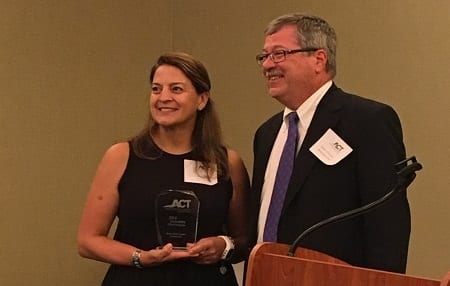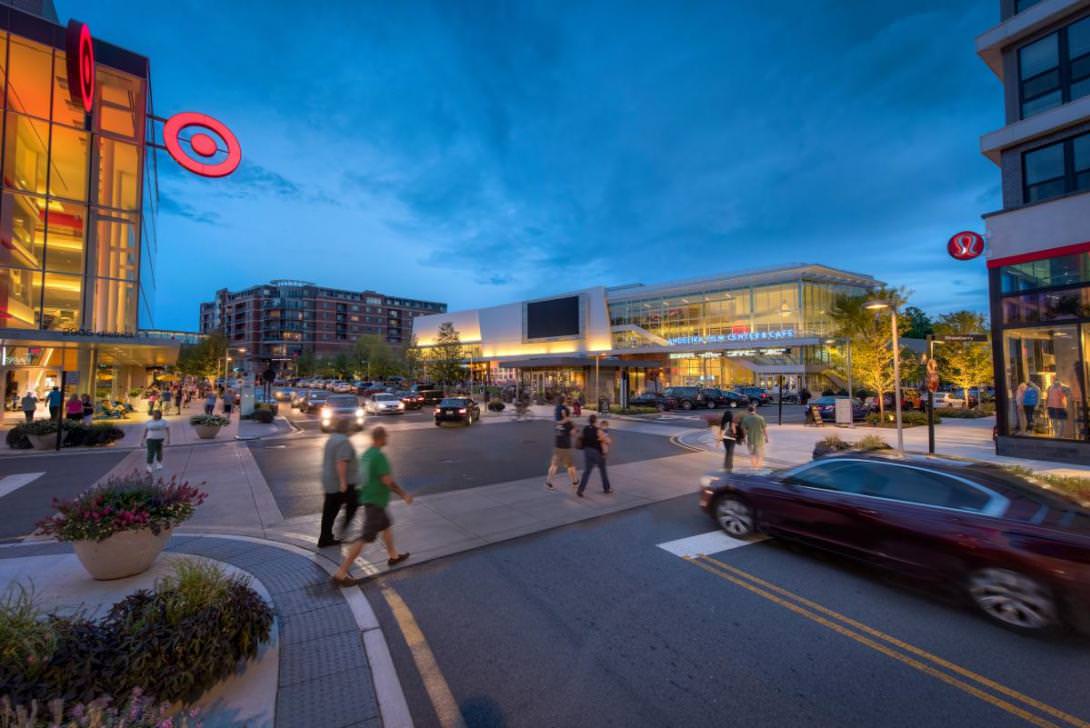Earlier this week, the Washington Post’s Dr Gridlock published an article about the evolution of transportation lifestyles in the new, more urbanized suburbs. His focus: Mosaic, a mixed-use development in the Merrifield area of Fairfax County, Virginia.
“Helping people discover new travel options is not only satisfying but also good business,” was the message from Christina Alire to Dr. Gridlock when describing the mission of Mosaic Green Commute.
“Helping people discover new travel options is not only satisfying but also good business.” – Christina Alire, Mosaic

Alire, who is general manager of Mosaic for EDENS, accepted an award for Outstanding TDM Program for Mosaic’s Green Commute program in September 2016, given to an organization for going “above and beyond in the work they do in delivering TDM services” by the Association for Commuter Transportation (ACT) Chesapeake Chapter. ACT’s awards seek to encourage the development of transportation demand management (TDM) programs which aim to increase transportation choices while reducing the number of single-occupancy vehicles on the roads. “Mosaic Green Commute is … about creating a live, work, play culture, which promotes a lifestyle focused on engaging the Mosaic community.”
Most visitors to Mosaic recognize something different: a Target store located floors above ground level, the absence of sprawling parking lots, and a suburban area that looks like a city. Mosaic’s popularity shows that most visitors like what they experience, even without the sprawling parking lots that most suburbanites are used to seeing when they drive up. As for developers, “you don’t have to see [the reduction of single-occupancy vehicle usage] as a burden,” said Wells + Associates’ Senior Associate Lydia Shackelford to Dr Gridlock, “but as something that will bring in tenants and businesses for you.”
And yet, it’s still a challenge to educate and convince people that their transportation options have evolved and even improved with the landscape. Shoppers, for example, can take a complimentary shuttle (partly funded and normally used by residents and employees) during peak hours to the local Metrorail station, Dunn Loring. Others may pause at the idea of taking the same Metrorail to Tysons Corner Mall a few miles away, thinking that they need a car trunk to transport their purchases. With the proper mind shift, however, they can realize that making use of Tysons’ same-day package delivery ($5 for all your purchases) makes a train ride all the more enticing.
The point is, so many transportation choices already exist in this evolving suburbia – it just needs a mental shift to take full advantage of them. As Shackelford said to Dr Gridlock, TDM is “about finding out what makes people tick, understanding them on a personal level.”

